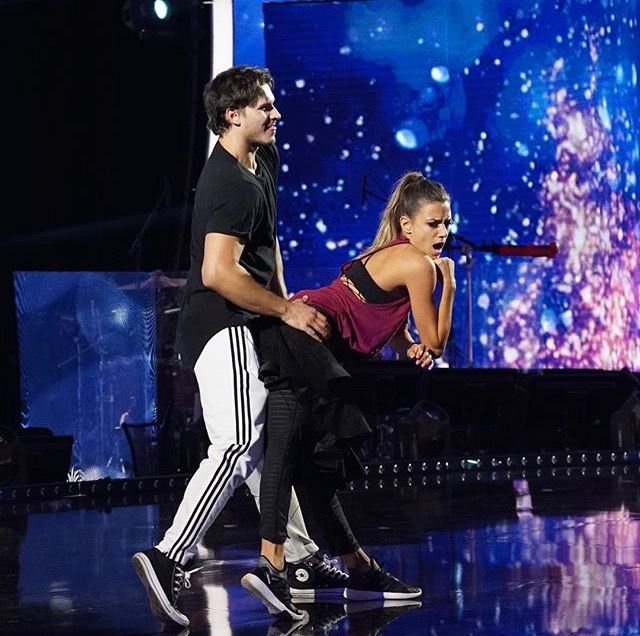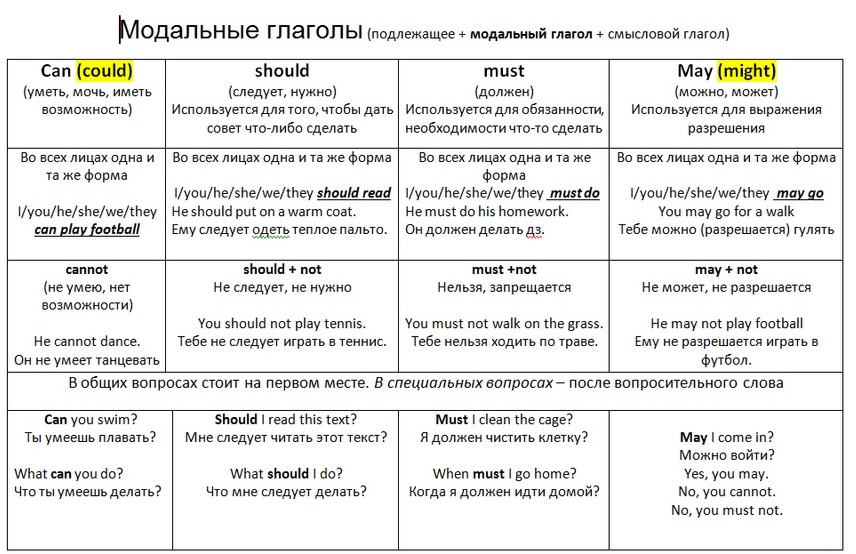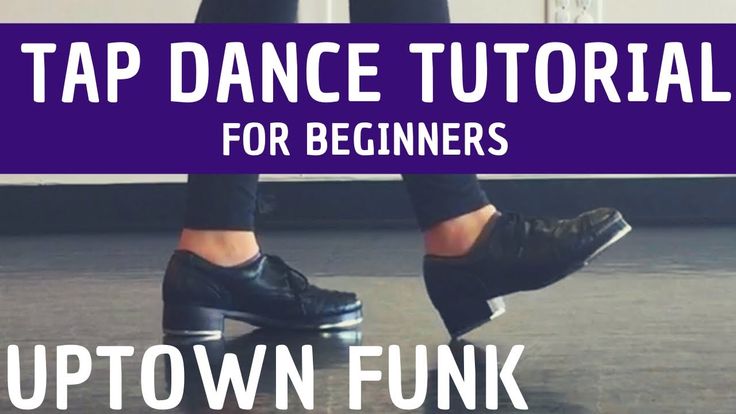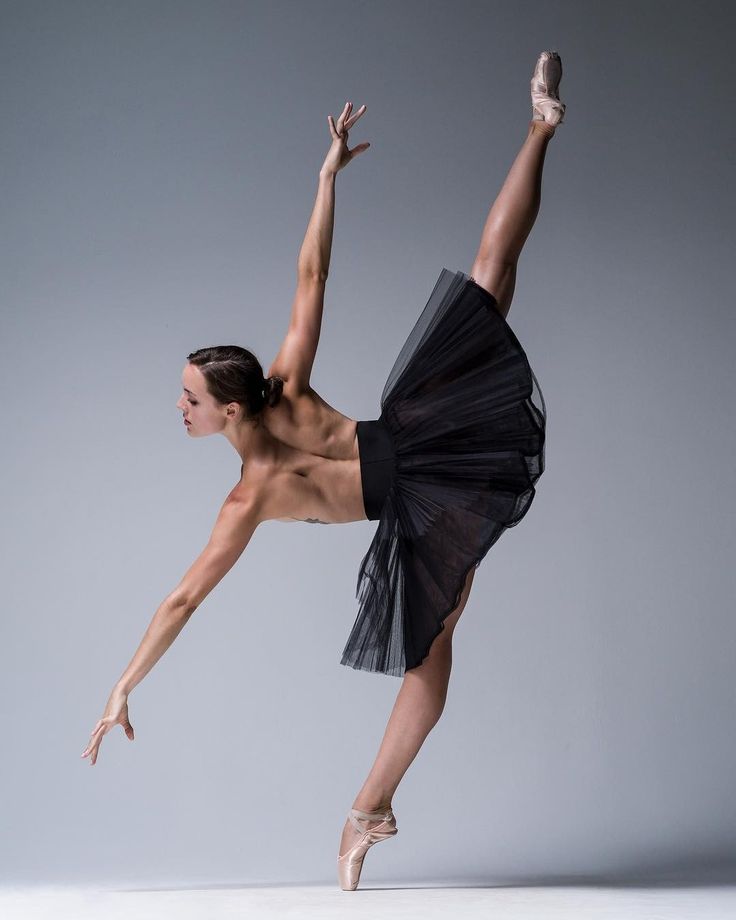How dance relates to science
Science of Dance (Guide on Physics of Dance)
Dance Science is a field of research that aims to investigate dance extensively. From how lack of training can affect the health of dancers in this area to preventing injuries, this science has provided some surprising findings.
Researchers have looked at how to make dancers safer by finding better ways to spot heart problems before they become severe, and even looking at what happens when you get hurt on stage.
Furthermore, the Science of Dance explores the human body’s reaction to movement as it changes in space and time, the fundamental building blocks of any type of dance.
It focuses on developing fitness and personal abilities through incorporating studies of both the anatomy of the body and movement patterns.
This scientific knowledge facilitates understanding and knowledge of body movement while increasing athletic performance through the intricate balancing and acrobatics required to master specific movement patterns.
The study of physics—mainly classical physics—is integral to a well-rounded education. However, we rarely associate it with any kind of dance. Contrary to popular belief, classical mechanics can describe the movement and bodies of a dancer.
The laws of physics, however, just like any other physical object in the universe, may describe the movements of a dancer.
1. Newton’s First Law of Motion
Newton’s first law of motion states: “Any object will remain at rest or in uniform motion in a straight line unless compelled to change its state by the action of an external force.” When a dancer leaps, the center-of-gravity must is initially raised off the ground, and there needs to be a force acting on it.
This is because of a property known as inertia; all objects resist a change in their state of motion.
There are three forces acting on a dancer while he or she is in the air. There is the force of gravity, there is the force of friction, and there is the force of inertia.
These three forces cause the dancer to accelerate once he or she leaves the ground. There is a force that the dancers’ body applies on the ground that pushes them into the air (normal force).
The other force is one between the dancers and the earth (gravitational force), which pulls them down.
Although the dancer is breaking inertia with a kick or other movement, inertia is able to break the dancer back down to the floor again.
This shows that once all the forces of dance are working together to keep the dancer airborne, and these forces must combine to take the dancer back down as well.
2. Newton’s Second Law of Motion
Newton’s Second Law of Motion states: “The rate of change of momentum of an object is directly proportional to the force applied.” Many forces act on a dancer, and every force has a direction and magnitude.
However, what most people never notice is that these opposing forces have to be balanced in order for a dancer not to fall over.
The normal has to act upwards in order to balance how gravity pulls the dancer downwards.
Now that we know that gravitational force, normal force, and friction act upon the dancer, we need to know-how? Let’s observe.
Experiment: A skydiver fell from the airplane and will have no initial velocity. When the skydiver jumps off the plane, they will not have any acceleration towards the ground.
Now when the skydiver is in mid-air, gravity is pulling them towards the land which pulls them. While these downward forces are trying to accelerate the skydiver toward the ground, upward forces such as air resistance prevent this and slow down the skydiver.
Dancing takes place on a similar principle. All the forces are stable, and the dancer stays upright, through the concept of balanced force physics-how the net force on a body must be zero in order to stand still.
So, an essential requirement of dancing is to balance the various forces acting on the body- including gravity and friction.
Gravitational force makes things fall. It acts upon all objects; no matter if they are on earth, gravity will continue to act as it does. So, how is it equalized?
The normal force is a support force that is compared to the weight of an object. The normal force supports objects and keeps them upright. In dance, we use the same concept when we are resting in a plie position.
As gravity is pulling us down into the earth, our hips would naturally like to collapse inward upon the supporting muscles of our body.
However, if we place our mind into the normal force of our leg support, then this upward force will support and hold our hips open as we sink down.
Thus, gravity is opposed, and the dancer stays upright.
3. Newton’s Third Law of Motion
Newton’s third law of motion states that “for every action, there is an equal and opposite reaction.” This means you generate a force on the pointe shoe when you push against the ground; ballerinas call this pushing off.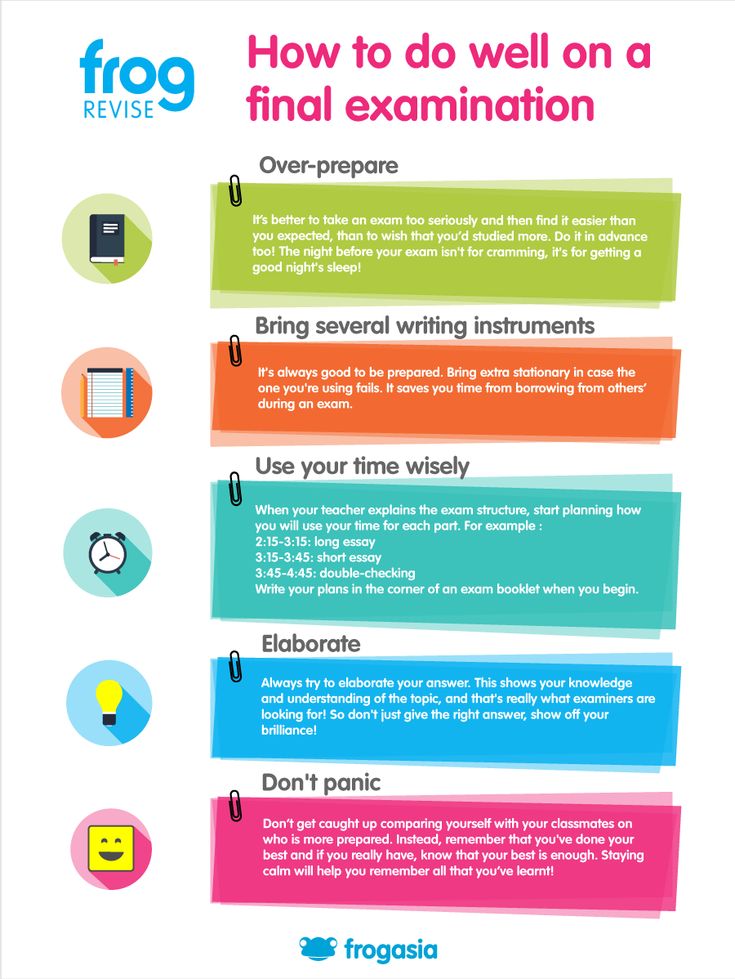
The ground pushes back up at the dancer at the same speed and with the same strength, creating the force for pointe shoes to work.
But this can only happen in a balanced manner if the centre of gravity is aligned with the point of contact.
If the center of gravity were not aligned, then the forces would not be equal, which creates a state of unbalance.
The dancer would topple over. This also explains why dancers spin around the same rotational axis. If they didn’t, the center of gravity would move.
Maintaining balance is a combination of skill and experience. Dancers must anticipate, calculate and respond quickly to situations they encounter in order to keep their center of gravity and rotation stable.
The Science Behind The Effects of Dancing
Research overwhelmingly shows that dancing physical and mental conditions such as social isolation, stress, depression, anxiety, schizophrenia, ADHD, and Alzheimer’s.
This is because it improves the frame of mind and even some cognitive skills. Scientists have also found that taking a class in ballroom dancing can improve cognitive function in healthy seniors and in older adults with mild impairment.
Scientists have also found that taking a class in ballroom dancing can improve cognitive function in healthy seniors and in older adults with mild impairment.
Dancing can be physically exhausting, and after dancing you should be ready to relax. The heightened endorphins help lengthen your attention span and make you more receptive to positive stimuli, on stage and off.
Happy thoughts make for a happy mood. It reduces stress and stimulates the release of serotonin, the feel-good hormone.
It also helps in neuroscience, including developing new neural connections, enabling long-term memory, and improving spatial recognition. All in all, it’s extremely good for health.
How A Dancer Controls Dizziness
The brain of a dancer rewires itself after constant training. Dancers are less likely to feel dizzy because they have fewer neurons sending signals to a cerebral cortex area responsible for the perception of dizziness.
Although an advantage for dancers, this adaptability can lead to greater feelings of dizziness when people give up dancing.
Their brains no longer receive the same input that made them adapted to suppress the response. They experience symptoms of perceiving motion as they would if they had never been dancers.
Dance Science Degrees
After completing a Bachelor’s degree in dance science at CSULB, students will be able to integrate the concepts of leading scientists and researchers within neuroscience, biomechanics, and psychology that guide their exploration of both fundamental and chronicle questions in the advancement of the self.
The major objective is to conduct research based on primary data that establish formulas for movement patterns.
The Dance Science major integrates coursework in dance and human performance with scientific disciplines so that students can connect with other majors on campus.
There are several levels of education in Dance Science. These include- Undergraduate, Post Graduate, and Ph.D.
A lot of universities in the United States offer a variety of courses as well. These degrees can go on to offer lifelong careers.
These degrees can go on to offer lifelong careers.
Dance Science Careers
Dance degrees are an excellent way to gain a firm grounding in a wide range of practical performance skills and conceptual dance techniques alongside social sciences and humanities.
They combine practice, theory, and aesthetics, making it the perfect bridge between the dance industry and academia.
They open the doors for a plethora of careers, including the following. Remember, this is only a small sample of the careers you can pursue with a degree in dance science.
1. Dance Movement Psychotherapist
Dance Movement Psychotherapy is a holistic and integrated approach to treatment that takes the whole person and the whole of his or her experience into account.
It sees the body as a means of expressing experiences, exploring issues, and finding solutions. It provides an opportunity to experiment with new possibilities for resolving difficulties, to find out what works best in different situations.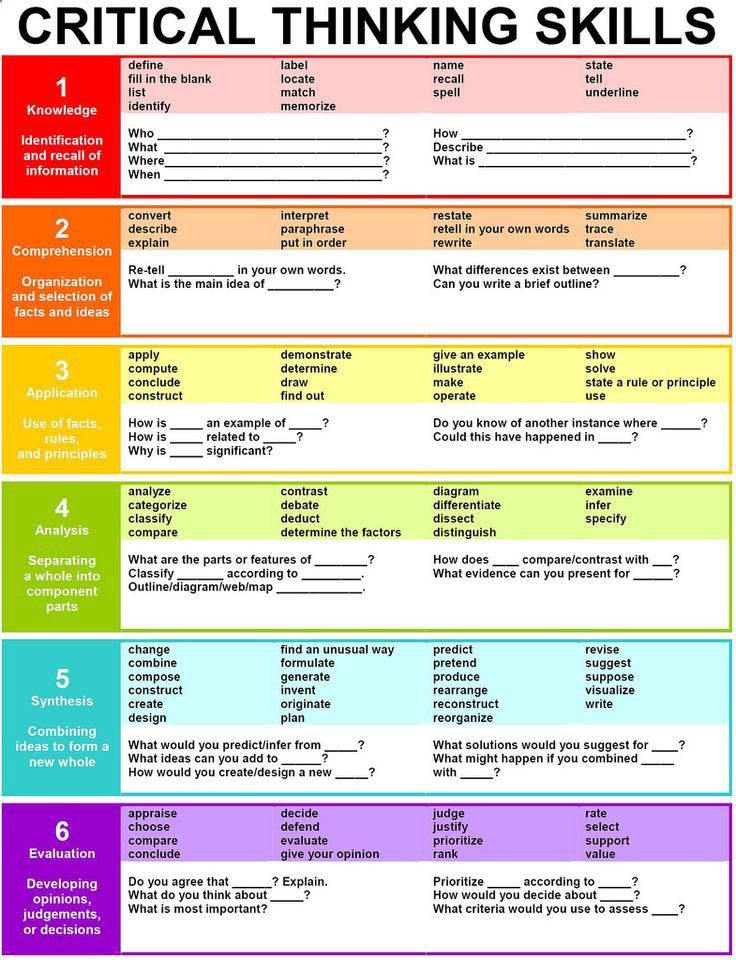
2. Dance Administrator
Dance administrators may work for independent dance studio owners, large corporations, or government organizations.
Regardless of their specific position, all dance administrators have similar responsibilities regarding bookkeeping, human resources, and business operations.
Dance administrators are also responsible for handling personnel problems ranging from employee relations to resolving performance issues within the dance company.
3. Choreographer
There are many roles in the entertainment industry that require choreography. A choreographer and the dancers they work with are responsible for several different types of performances, including features in films and television, live shows at theatres, and music videos.
In order to break into this career, you’ll usually need a degree in dance or movement arts, often combined with a related subject like a business.
Dance-Related Science Fair Projects
Science fair projects don’t have to be limited to only those that can easily explain through numbers and data. Sometimes, science fair projects are most intriguing when scientific theories are best demonstrated with visual aids.
Sometimes, science fair projects are most intriguing when scientific theories are best demonstrated with visual aids.
For example, dance-related science fair projects are a unique way to combine science with the art of dance. Students can easily demonstrate their hypotheses and find solutions to a lot of questions through the following experiments:
1. Demonstrating Health Benefits
This experiment would involve taking a group of people of various ages who do not dance and get them to go to beginner dance classes.
At the start and end of six months, perform the same physical tests on both groups. This will reveal whether there are any health benefits from taking up dance lessons. These strength tests may include:
- Flexibility- How far can they split
- Muscular Endurance- How long they can hold a plank
- Cardiovascular Endurance- How far can they run on a treadmill
2. Demonstrating Emotional Effects
Compile a series of videos of varying types of dances with different music. Play all the videos for a wide range of people and record the change in emotions.
Play all the videos for a wide range of people and record the change in emotions.
Notice if the emotion has anything related to the dance and music. For example, if it’s a nostalgic, soulful song- what mood does it cause? If it’s an upbeat pop sound with breakdancing, how do they react?
List your observations and present them at the fair. If possible, do this with the judges as well! It’s an interesting spin to a science project.
3. Demonstrating Varying Effects of Dizziness
Put a group of dancers and non-dancers on a rolling chair and tell them to pull a lever when they are feeling dizzy.
Dancers and non-dancers alike reported feeling dizzy after about 7 seconds of spinning. But dancers took an average of six seconds longer to pull the lever than non-dancers.
The results suggest that everyone’s sensory cues are based on the same unconscious system for telling them when their bodies are spinning at a dangerous speed.
But in dancers, this system is strengthened by daily practice, making them more aware of how to balance on one foot and hold their arms above their shoulders without getting sick.
The biggest difference between dancers and non-dancers is that dancers will pull the lever about one second earlier.
They know when they are feeling unstable a lot sooner than non-dancers do. And the reason for that is that they have very strong proprioceptive awareness.
Proprioception is your sense of your body in space, knowing where your limbs are and how they relate to each other, and having a sense of balance.
So, they will not feel dizzy after they finish spinning. Note down your observations and present them at the fair.
How Is Science Used In Dance?
Science has always been an integral part of dance, with physics and anatomy class being an essential part of training at many schools.
Science is also used in dance in a more specific way to improve performance and reduce injury risk. The practice of dance science came about after the traditional method of fixing dancers’ problems individually proved inadequate. It simplifies the lives in many fields, such as:
1.
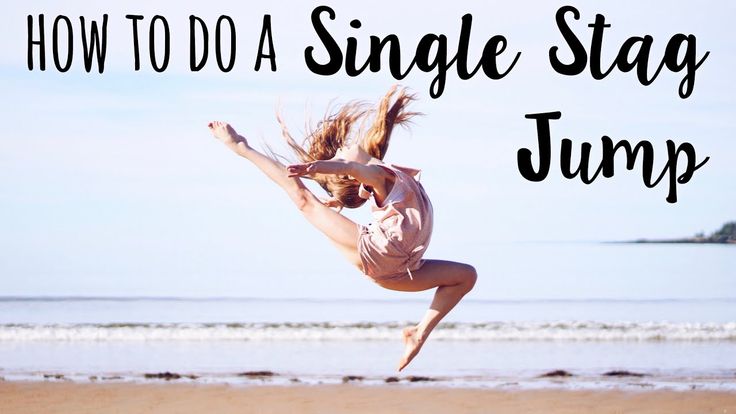 Health and Performance
Health and PerformanceThe physical health of a dancer is one important aspect that can seriously affect their ability to perform well.
These fitness routines are why many dancers have a strict diet that includes eating right and exercising daily.
They are also required to keep up with annual physicals just like any other athlete. This study of science is responsible for developing fitness routines for dancers that will keep them in the best possible physical and mental condition for dancing.
This understanding of the fitness required to be a performer is essential. Scientists realized that dance provides an excellent way to stay fit, but it is not enough to keep healthy. Various workout programs can help you enjoy dancing more while maintaining an outstanding fitness level.
Science has a straightforward answer for how one can use dance, exercise, and physical therapy together to improve the fitness level of students.
Three general types of classes are commonly available in gyms and health clubs: cardio-focused dance classes, aerobics classes, and flexibility/muscular endurance classes.
Each of these kinds of styles builds a different type of fitness. Hip hop dance classes are combined with other workouts that challenge posture and endurance, such as breathing exercises and strength training. These help in endurance, a longer career, and speedy recoveries with injuries.
2. Choreography
What is the science of choreography? It’s a complicated question because perfection in dance is hard to define. However, each dance move is broken down into minute components, and dancers scientifically analyze each part.
Understanding the scientific aspects of dance allows them to evaluate and improve their own choreography, which is crucial as it denotes the plot and structure of dance routines.
To a scientist, perfection isn’t a visible quality. It is measurable through mathematical and statistical processes. Dance has something similar, which is called “perfect score.” Science is utilized in various dance genres, from contemporary to hip hop.
Modern ballet, for example, incorporates a lot of biomechanical principles and physiological principles, such as understanding the anatomy of the body and how the structure interacts with force to create motion.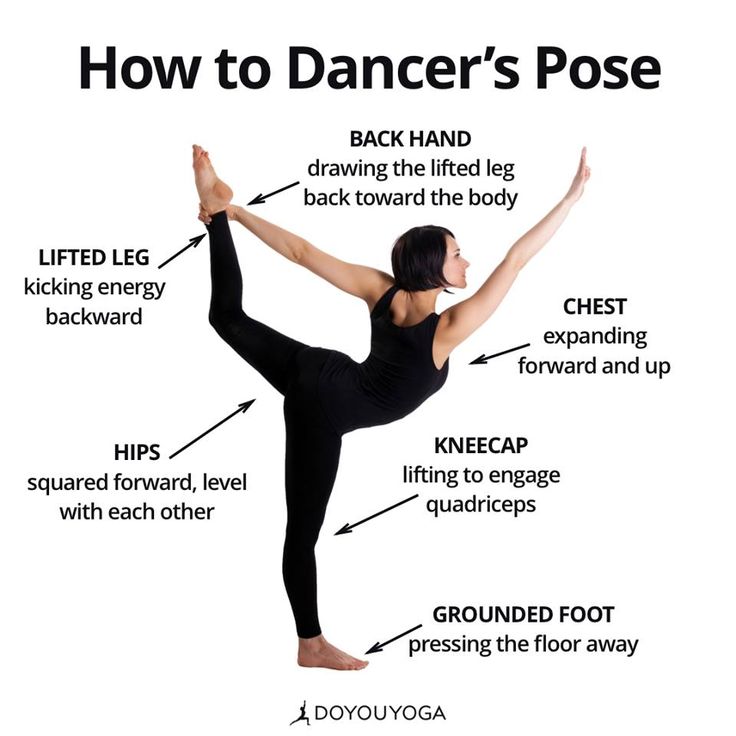
Principles of physics and human physiology are used to improve the body’s efficiency and control. Mechanics help dancers proportion their weight to not overwork limbs, particularly hands and wrists.
Science is used to minimize frictional forces, leading to injuries such as pulled muscles, torn ligaments, and even joint damage.
In ballet, dancing a perfect pointe shoe means having one’s heel on the floor, and all toes pointed. A perfect pirouette is where the dancer does not lose her balance and keeps her feet in line with her hips, shoulders, and head while turning on one foot.
The excellent turnout shows that every leg muscle has been used to achieve the outside position of the foot joints in a turned-out position. Leg muscles aren’t allowed to make an effort during this movement. Every one of these moves has its base in science.
3. Mind-Body Relationship
It is vital for dancers to understand the relationships between their minds and their bodies as they must be able to control their bodies and allow them to put a soul in routines.
Investigating this is important, as we can see the human body as a complex machine, and dance requires very complicated manoeuvres which allow dancers to communicate with their bodies.
Due to this intimate relationship between mind and body, dancers are in a unique position to test the connection between the two, and how it plays a role in their performance.
Additionally, dance is gradually becoming especially important for the field of neuroscience. Researchers learn that dance, and the creative arts in general offer insight into disorders such as Parkinson’s disease and other movement disorders, and even mental disorders like depression.
Scientists study the mind-body relationship to better understand the link between thoughts, emotions, and the brain, focusing on how the brain reacts to and starts movement during dancing.
Dancers can quickly provide insights into how thought processes and movement because of the creative component involved in their performances.
The study of dance can reveal how spontaneous responses differ from movements (i.e., routines) that are practised or memorized. This has a basis in neuroscience.
The Conclusion
Dance is considered to be part of the arts, but it is interesting to realize that there is a large amount of science in dance.
Dance Science investigates it extensively. This area of study is an emerging, multi-disciplinary field that seeks to understand, not just the physical and aesthetic aspects of dance, but also the cognitive, emotional, social and spiritual reactions we have to movement and music.
From this viewpoint, dance is seen as a deeply-rooted human behaviour, and has an amazing impact on life.
What Is Dance Science? (with pictures)
`;
Hobbies
Fact Checked
Marisa O'ConnorDance science is one of the latest additions to the field of sports science.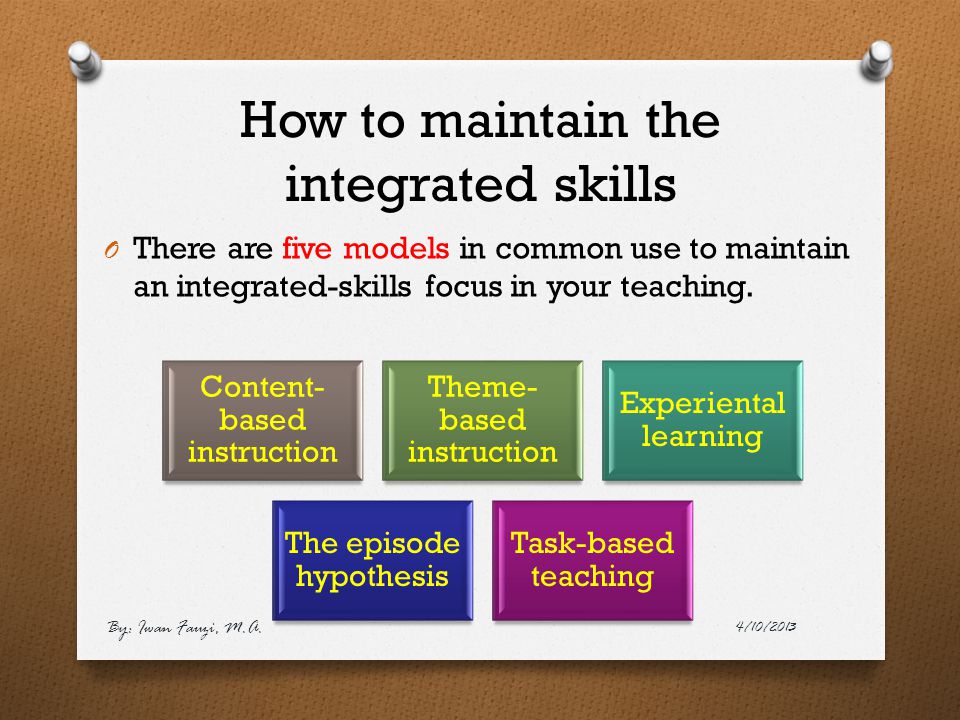 It is aimed at improving dancing performance and reducing injury. This field of science is also concerned with the neuroscience involved in dance and movement. Dancers can benefit a great deal from scientific principles, and science also has a lot to learn from the art of dance.
It is aimed at improving dancing performance and reducing injury. This field of science is also concerned with the neuroscience involved in dance and movement. Dancers can benefit a great deal from scientific principles, and science also has a lot to learn from the art of dance.
One of the first concerns of dance science is a dancers' health and performance. In this way, it can be considered similar to other sport sciences. This study of science is responsible for developing fitness routines for dancers that will keep them in the best possible physical and mental condition for dancing. Just as there are certain muscle groups baseball players work on, there are also specific exercises that benefit dancers more than any other sport. This science can also help speed recovery when dance-related injuries occur, but it is primarily concerned with preventing injury.
Just as there are certain muscle groups baseball players work on, there are also specific exercises that benefit dancers more than any other sport. This science can also help speed recovery when dance-related injuries occur, but it is primarily concerned with preventing injury.
Another aspect of dance science is using science to improve choreography and dance performance. Scientific principles are implemented to approach perfection in dance routines, particularly in classical ballet, but also in modern dance. Physics and logic are considered when choreographing new routines.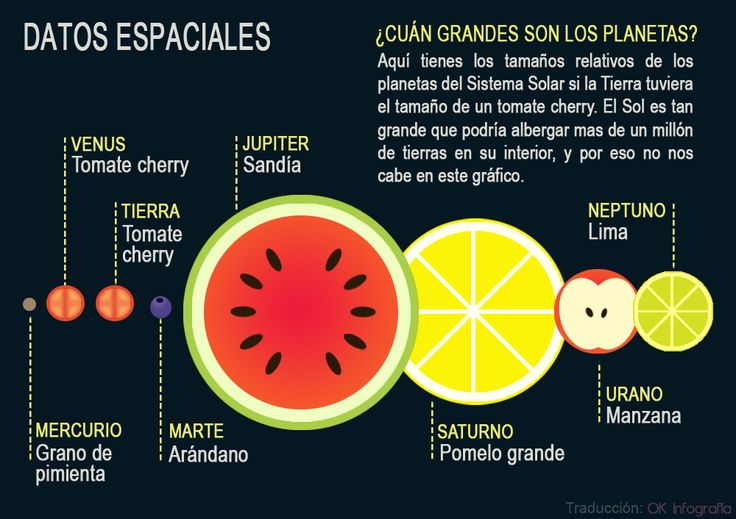 Dance is primarily a form of expression, and the logical flow of one movement to the other can make or break the effectiveness of the dance's communication.
Dance is primarily a form of expression, and the logical flow of one movement to the other can make or break the effectiveness of the dance's communication.
Another one of the primary aspects of dance science is the understanding of the mind-body relationship while dancing. The word science comes from the latin word meaning knowledge. Dancers have a unique relationship to their bodies. They are able to memorize complicated routines, and communicate with their bodies in a way that no other sport or activity allows. Neuroscientists, in particular, stand to gain much knowledge about body memory and expression from dancers.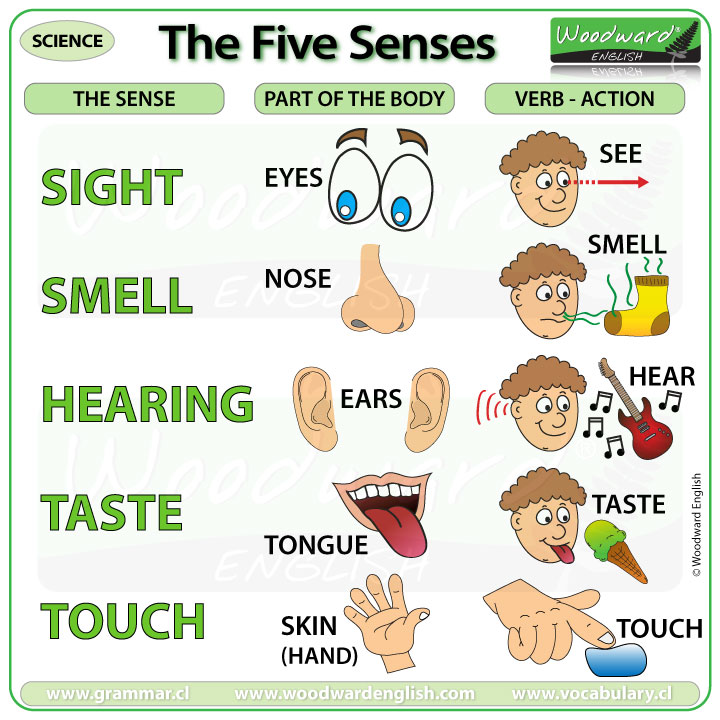
The brain is still full of informative treasures, waiting to be discovered by neuroscientists. Dance science can help researchers understand what is going on in the brain during dancing that is different than sitting or walking. The creative aspect of dancing also can provide quite a bit of insight into brain activity. Neuroscientists can study how the brain reacts to, and/or initiates movement during improvised routines, and how it is different than movement during memorized dance routines.
Dance science is also being used to bring more understanding and enjoyment of dance to the scientific community, as well as to bring more understanding and appreciation of science to the dance community. Many dance scientists argue that there is a lot of common ground between the two fields of study, and each can learn a lot from one another. Much interest is brewing around learning about science through dance, and dance and science workshops are popping up all over the U.K. to meet this demand.
Many dance scientists argue that there is a lot of common ground between the two fields of study, and each can learn a lot from one another. Much interest is brewing around learning about science through dance, and dance and science workshops are popping up all over the U.K. to meet this demand.
You might also Like
Recommended
AS FEATURED ON:
Dance as a Philosophy • Episode Transcript • Arzamas
You have Javascript disabled.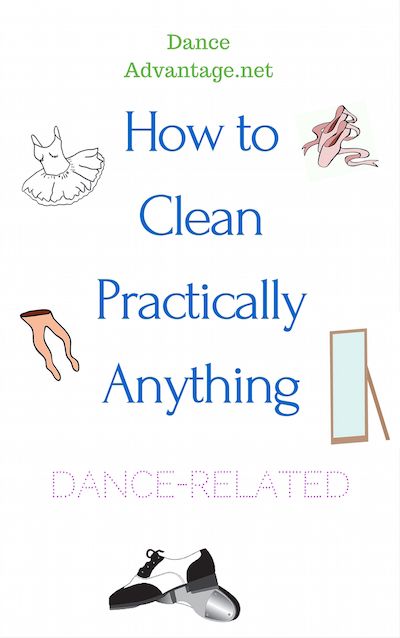 Please change your browser settings.
Please change your browser settings.
Contents of the second lecture from Irina Sirotkina's course "What is modern dance"
It is believed that the goal of education is to get rid of imposed opinions, patterns, stereotypes. There are also many stereotypes about dance. Many people think, for example, that dancing is not an intellectual pursuit: intellectuals are not interested in dancing, and dancers do not read books. And it is also believed that it is better to dance than to talk or read about dance. Let's say right away: it's better - both. Moreover, one thing - dancing - is hardly possible without the other - without thinking, talking, reading about dance. nine0004
Stereotypes, alas, are peculiar not only to poorly educated people, but sometimes even to philosophers. Philosophy in the West and in our country has long ignored the body. The body has been the Cinderella of classical philosophy ever since, in the 17th century, René Descartes separated the thinking substance, res cogitans (or, literally, "the thing that knows"), from the material substance, res extensa, endowed only with the property of extension.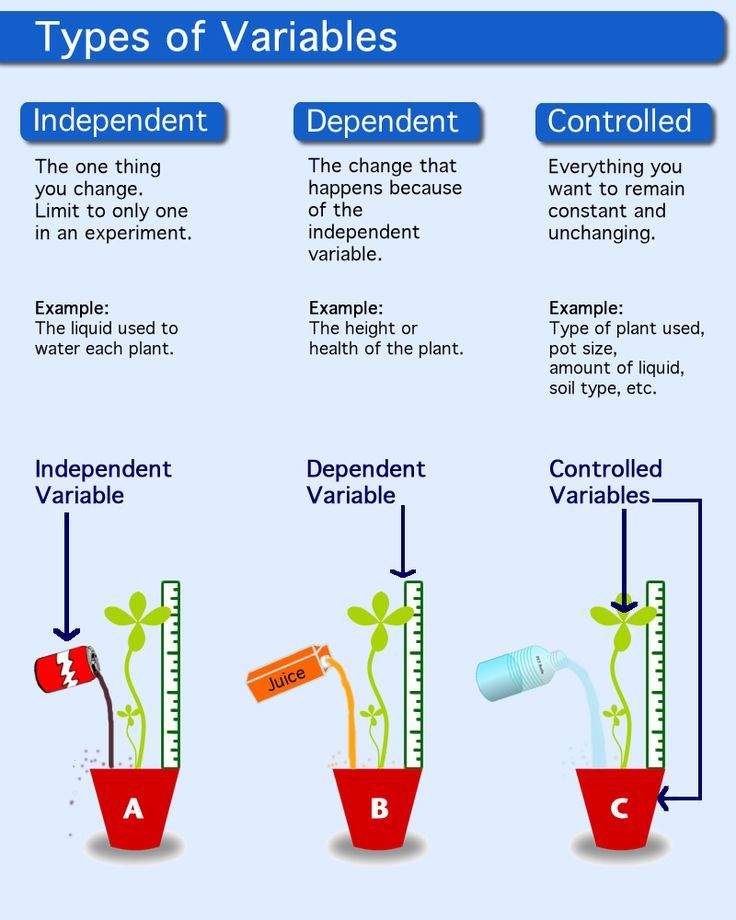 Thought was thus incorporeal. But philosophers were only interested in it - thought. Already in the 19th century, Hegel declared that the subject of thought is an incorporeal spirit. This was probably due to the fact that philosophers took very little care of their own bodies and sat a lot. nine0004
Thought was thus incorporeal. But philosophers were only interested in it - thought. Already in the 19th century, Hegel declared that the subject of thought is an incorporeal spirit. This was probably due to the fact that philosophers took very little care of their own bodies and sat a lot. nine0004
Nevertheless, let's give Hegel his due: he considered sculpture to be the highest and most beautiful of all arts. And the favorite subject of sculptors is the human body. Hegel defined beauty as the conformity of form to an idea, as an expression of the eternal idea of beauty. These were the ancient sculptures of heroes, gods, sages-philosophers, whom everyone then admired. But dance is related to sculpture! Dance, like sculpture, is often classified as a plastic art. And at the beginning of the 20th century, a new dance appeared, which was called plastic. It is quite possible to imagine that dance is a sculpture in motion, plasticity is in dynamics. nine0004
Friedrich Nietzsche was the first to notice that in dance the body also becomes a work of art, which means that it also expresses an idea, a thought. Nietzsche literally turned classical philosophy upside down. And he did it not least with the help of dance. Like Isadora Duncan, Nietzsche loved antiquity and believed that in ancient Greece the highest stage of human development was reached - a golden age, which people then lost. In The Birth of Tragedy from the Spirit of Music, Nietzsche composes a real ode to dance - an ancient and eternally young dance: “... man ... is ready to dance into the airy heights. Witchcraft speaks with his body movements. …He feels like a god.” And in the philosophical poem Thus Spoke Zarathustra, Nietzsche writes: "I would only believe in a God who could dance." His Zarathustra dances with nymphs in green meadows. For Nietzsche, dance becomes an attribute of the highest, divine art and thought. Therefore, dance for Nietzsche is a metaphor for thought. The divine lightness of the dance is opposed to everything "serious, weighty, deep, solemn" - in a word, boring; opposes "the spirit of gravity, by which all things fall to the ground.
Nietzsche literally turned classical philosophy upside down. And he did it not least with the help of dance. Like Isadora Duncan, Nietzsche loved antiquity and believed that in ancient Greece the highest stage of human development was reached - a golden age, which people then lost. In The Birth of Tragedy from the Spirit of Music, Nietzsche composes a real ode to dance - an ancient and eternally young dance: “... man ... is ready to dance into the airy heights. Witchcraft speaks with his body movements. …He feels like a god.” And in the philosophical poem Thus Spoke Zarathustra, Nietzsche writes: "I would only believe in a God who could dance." His Zarathustra dances with nymphs in green meadows. For Nietzsche, dance becomes an attribute of the highest, divine art and thought. Therefore, dance for Nietzsche is a metaphor for thought. The divine lightness of the dance is opposed to everything "serious, weighty, deep, solemn" - in a word, boring; opposes "the spirit of gravity, by which all things fall to the ground. " Through the mouth of Zarathustra, the philosopher calls to "learn to fly", "to be light", "to dance not only with your feet, but also with your head" - that is, to be light and free in your thinking, just as a good dancer is free and light in dancing. nine0004
" Through the mouth of Zarathustra, the philosopher calls to "learn to fly", "to be light", "to dance not only with your feet, but also with your head" - that is, to be light and free in your thinking, just as a good dancer is free and light in dancing. nine0004
At that time, which is called the Silver Age in Russia, very many became Nietzscheans, spoke his language, using the metaphor of dance. The poet Andrei Bely dreamed that his works were "a dance of self-fulfilling thought." The same idea is echoed by today's Nietzscheans like the French philosopher Alain Badiou. For him, too, dance is “a metaphor for unsubdued, light, refined thought”, “a sign of the possibility of art inscribed in the body”. Free, unfettered, non-dogmatic thought is like a dance. nine0004
Nietzsche exclaimed: "And let the day be lost for us when we never danced!" The influence of this philosopher-dancer, not only on his colleagues in the workshop, but also on the dancers, can hardly be overestimated.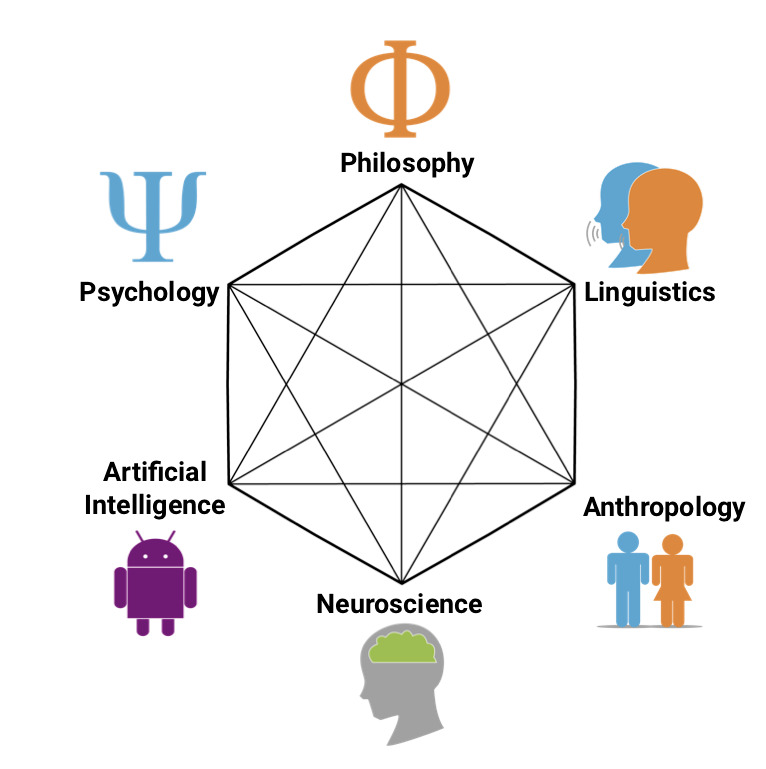 Isadora Duncan loved to read Nietzsche and quoted him in her reflections on dance. She was not the only one: Nietzsche was also read by the German dancer, one of the creators of Art Nouveau, Mary Wigman. Wigman put one of her compositions on a chapter from Nietzsche's poem "Thus Spoke Zarathustra", which is called "Song-Dance". Maurice Béjart and many other dancers read Nietzsche. These are real intellectuals from dance, artist-thinkers. They created not only choreography, but also artistic manifestos and programs: Duncan wrote "Dance of the Future", Rudolf Laban - "The Dancer's World", Mary Wigman - "Philosophy of Modern Dance". nine0004
Isadora Duncan loved to read Nietzsche and quoted him in her reflections on dance. She was not the only one: Nietzsche was also read by the German dancer, one of the creators of Art Nouveau, Mary Wigman. Wigman put one of her compositions on a chapter from Nietzsche's poem "Thus Spoke Zarathustra", which is called "Song-Dance". Maurice Béjart and many other dancers read Nietzsche. These are real intellectuals from dance, artist-thinkers. They created not only choreography, but also artistic manifestos and programs: Duncan wrote "Dance of the Future", Rudolf Laban - "The Dancer's World", Mary Wigman - "Philosophy of Modern Dance". nine0004
What was the Nietzschean idea of these outstanding intellectual dancers? First, in the criticism of everything artificial. Isadora passionately criticized ballet for its alleged artificiality, conventionality, and the harm it does to the body. And she herself presented an alternative - a "natural" dance, similar to movement in nature. His examples are not six ballet positions (that is, several positions of arms and legs on which the entire choreography of classical ballet is based), but “wave vibrations and the rush of winds, the growth of living beings and the flight of birds, floating clouds and .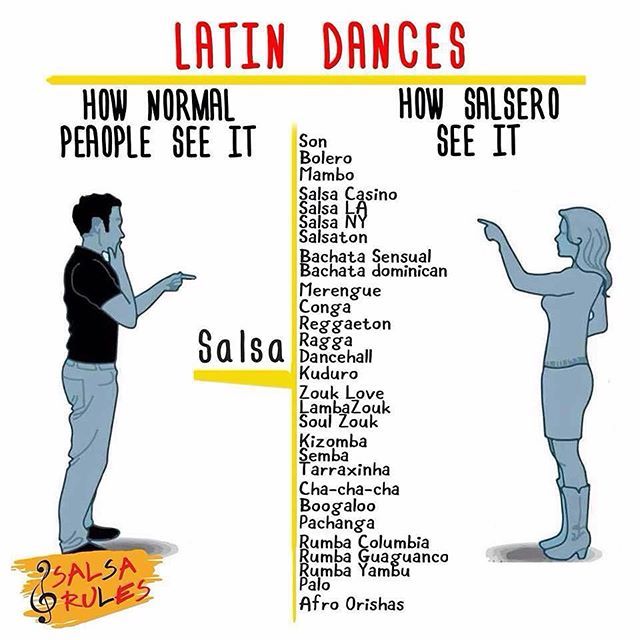 .. human thoughts ... about the Universe ... ". Duncan considered one of the manifestations of the extreme artificiality of the ballet that the movements in it are fractional, isolated, do not follow from each other, are not connected with each other and "are unnatural, because they seek to create the illusion that the laws of gravity do not exist for them." On the contrary, in a free dance, the actions “should carry in themselves a germ from which all subsequent movements could develop” - approximately in the same way as evolution occurs in nature. Dancing, Isadora believed, should be every person, and it will be his own, personal dance, corresponding not to ballet canons, but to the structure of his own body. In other words, she insisted on individuality, freedom, spontaneity in dance - motivating this by the fact that nature itself works this way. “Duncan is not just a name, but a program,” wrote one of her fans in Russia, art critic Alexei Sidorov. nine0004
.. human thoughts ... about the Universe ... ". Duncan considered one of the manifestations of the extreme artificiality of the ballet that the movements in it are fractional, isolated, do not follow from each other, are not connected with each other and "are unnatural, because they seek to create the illusion that the laws of gravity do not exist for them." On the contrary, in a free dance, the actions “should carry in themselves a germ from which all subsequent movements could develop” - approximately in the same way as evolution occurs in nature. Dancing, Isadora believed, should be every person, and it will be his own, personal dance, corresponding not to ballet canons, but to the structure of his own body. In other words, she insisted on individuality, freedom, spontaneity in dance - motivating this by the fact that nature itself works this way. “Duncan is not just a name, but a program,” wrote one of her fans in Russia, art critic Alexei Sidorov. nine0004
German dancer Mary Wiegmann (real name - Marie Wiegmann) lived 86 years (1886-1973).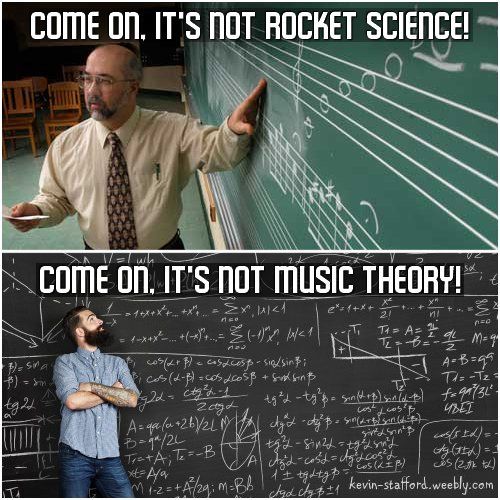 By the way, this is far from the only case of longevity among dancers - it seems to me that these people, who were burning with their work, simply could not die and leave this work on earth. So, Wigman began to create her dances in a unique place - on the mountain of Truth, Monte Verita. This was the name of the community of artists, philosophers, anarchists, theosophists, vegetarians, nudists who set up a colony in Italian Switzerland, on the shores of Lake Maggiore. There at 19In the year 13, Rudolf Laban, the son of a field marshal from Austria-Hungary, arrived, who at that time was studying architecture in Paris. And here he began - like Zarathustra dancing in "round dances" - to lead his "moving choirs". It was like a pantomime performed by a group of people. Wigman, Suzanne Perrotte, and many other future dancers, creators of new styles - expressionism and modernity, participated in these "choirs" (where there was no music and songs, only movement and gestures). In the warm Swiss climate, they danced on the banks of Lago Maggiore, naked or half-clothed, celebrated mass to the sun, and thought up other rituals for the new, liberated humanity.
By the way, this is far from the only case of longevity among dancers - it seems to me that these people, who were burning with their work, simply could not die and leave this work on earth. So, Wigman began to create her dances in a unique place - on the mountain of Truth, Monte Verita. This was the name of the community of artists, philosophers, anarchists, theosophists, vegetarians, nudists who set up a colony in Italian Switzerland, on the shores of Lake Maggiore. There at 19In the year 13, Rudolf Laban, the son of a field marshal from Austria-Hungary, arrived, who at that time was studying architecture in Paris. And here he began - like Zarathustra dancing in "round dances" - to lead his "moving choirs". It was like a pantomime performed by a group of people. Wigman, Suzanne Perrotte, and many other future dancers, creators of new styles - expressionism and modernity, participated in these "choirs" (where there was no music and songs, only movement and gestures). In the warm Swiss climate, they danced on the banks of Lago Maggiore, naked or half-clothed, celebrated mass to the sun, and thought up other rituals for the new, liberated humanity.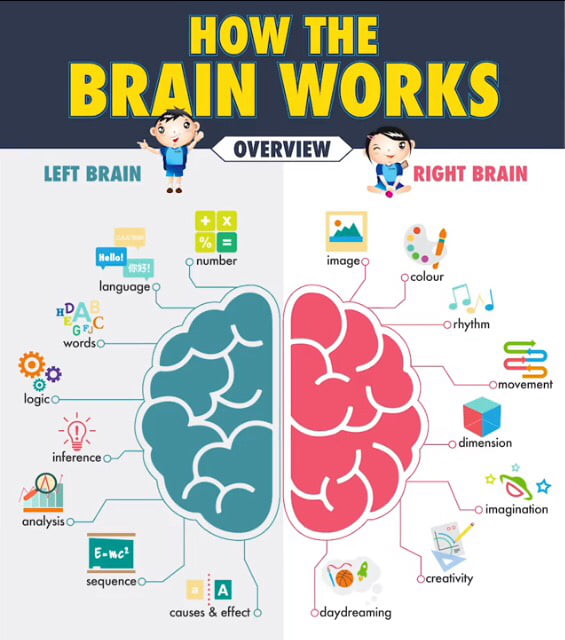 What the colonists on Monte Verita offered - given that at that very time a fratricidal world war was going on in Europe, in which Christians destroyed Christians - was not the worst offer to mankind. nine0004
What the colonists on Monte Verita offered - given that at that very time a fratricidal world war was going on in Europe, in which Christians destroyed Christians - was not the worst offer to mankind. nine0004
Almost all modern dance came from a small commune in the Swiss Alps. We have already mentioned Wigman - here she created her ingenious dance-rituals: she came up with her "Dance of the Witch", then she created the "Dance Song" to the words of Nietzsche, and later, with her students, staged "Monument to the Dead" ("Totenmal") . In her article "The Philosophy of Modern Dance" (1933), she wondered if classical ballet was possible after the World War. Wigman believed that dance should be updated - not only in terms of new movements, steps or steps, but also in terms of the seriousness of the questions that choreographers ask. nine0004 The Witch's Dance by Mary Wigman. 1920s
1920s
In addition to Wigman, other modern choreographers also began to address current political and existential questions, questions about life. Kurt Joss staged the contemporary ballet "Green Table" - about those negotiations that European diplomats failed, which led to the world war. Pina Bausch began to study with Joss - she later created her own dance theater in the German city of Wuppertal, one of the most famous in the world. In the 20th century, along with dance-entertainment, a dance-reflection, dance-satire appeared. This is the result of real intellectual dancers appearing—or, as in the case of Laban, intellectuals began to dance, to become dance artists. nine0004
They opposed themselves to the light entertainment genre that ballet was traditionally considered to be. It must be said that in the 18th and 19th centuries ballet served as light entertainment, divertissement: ballets in the theater were given in intermissions between two short operas or between two acts of an opera, and often it was called that - ballet divertissement (divertissement in French "entertainment") . To distance themselves from this tradition, the new choreographers called their style not ballet, but modern dance. Modern included Mary Wigman, Kurt Joss and other students of Laban in Europe, and in the USA Martha Graham and other dancers. In our country, modern dance began to develop successfully in 1920s, but was banned for ideological reasons. After that, academic ballet reigned for a long time, and other genres (except, perhaps, folk stage dance) became marginal.
To distance themselves from this tradition, the new choreographers called their style not ballet, but modern dance. Modern included Mary Wigman, Kurt Joss and other students of Laban in Europe, and in the USA Martha Graham and other dancers. In our country, modern dance began to develop successfully in 1920s, but was banned for ideological reasons. After that, academic ballet reigned for a long time, and other genres (except, perhaps, folk stage dance) became marginal.
At first, classical ballet remained aloof from the processes that took place in modern dance. However, here, too, choreographers-philosophers appeared who staged meaningful performances. Maurice Bejart also belonged to the dancing philosophers, or philosophizing dancers (he left us relatively recently, in 2007). His real name is Berger; he is the son of the philosopher Gaston Berger, who, in particular, wrote a treatise on Husserl's phenomenology. Maurice graduated from the Lyceum with honors in philosophy, and then he took and went to study classical dance. As in philosophy, he was also successful in ballet - despite his small stature and short legs, he performed the title role of Siegfried in Swan Lake. nine0004
As in philosophy, he was also successful in ballet - despite his small stature and short legs, he performed the title role of Siegfried in Swan Lake. nine0004
In the mid-1950s, Béjart founded his first company and staged his first ballet, La Symphonie for a Solo Man (La Symphonie pour un homme seul) to "concrete music" by contemporary composer Pierre Henry. Specific music was an electronic compilation of musical fragments, sounds of nature and household noises - for example, factory horns. The music alone provoked the audience - there really was a scandal at the premiere. Moreover, the theme is not typical for ballet: existentialism, loneliness, anxiety. These sentiments, however, were very typical of those years when Jean-Paul Sartre was the most popular philosopher. Bejart, thus, immediately declared himself as a choreographer-philosopher. And five years later he finally read Nietzsche, and this reconciled his two strongest passions - philosophy and dance. And his dance changed, became more powerful, passionate and vital.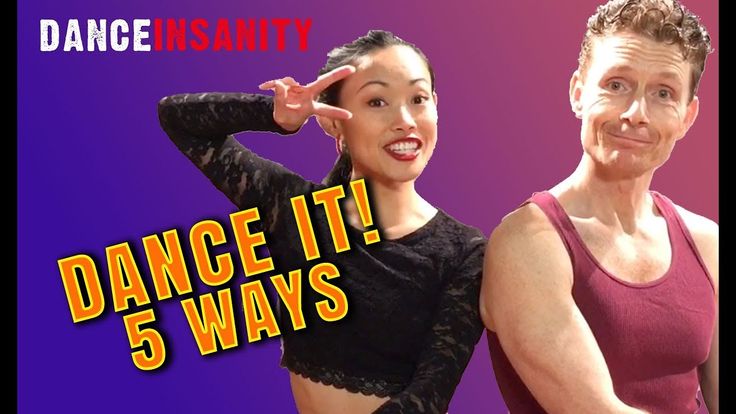 Having created a new company - "Ballet of the 20th century", Bejart turns to ancient myths, in which movement, dance have a sacred meaning, and puts on the ballets "Orpheus", "The Rite of Spring", "Sacrifice". nine0004
Having created a new company - "Ballet of the 20th century", Bejart turns to ancient myths, in which movement, dance have a sacred meaning, and puts on the ballets "Orpheus", "The Rite of Spring", "Sacrifice". nine0004
In 1961 Béjart staged perhaps his most popular ballet, Boléro. Bejart's favorite dancer Argentine Jorge Donn, Maya Plisetskaya, Sylvie Guillem shone in it ... Bejart was not the first to turn to Ravel's music. In fact, this composition was composed by Ravel at the request of the dancer Ida Rubinstein. The ballet "Bolero" was staged for her by the sister of the famous Vaslav Nijinsky, the wonderful performer and choreographer Bronislava Nijinsky herself. The ballet takes place in a tavern, and in the finale, Ida jumped on the table and danced on it, surrounded by enthusiastic male patrons. If you have seen Béjart's "Bolero" (or you can watch it right now), then you know that this dance is also performed on a raised platform. But due to a completely different choreography, idea, mood, this dance is more like not drunken fun in a pub, but a very serious and passionate sacrificial ritual. Even Bejart's table is not a table, but an altar on which sacrifice is made. nine0004 Bolero. Choreography by Maurice Bejart, music by Maurice Ravel. Dancing Jorge Donn. 1960
Even Bejart's table is not a table, but an altar on which sacrifice is made. nine0004 Bolero. Choreography by Maurice Bejart, music by Maurice Ravel. Dancing Jorge Donn. 1960
Such was the increased seriousness and even sacredness of modern dance in comparison with its predecessor, classical ballet of the 19th century. It should be added that Bejart himself converted to Islam in the late 1960s, but Buddhism was also close to him. And he called his last dance schools "Mudra" (which means "gesture" in Hindi) - in Brussels, and "Rudra" (after the name of the deity) - in Lausanne. Over the past twenty years, Béjart has staged almost a hundred ballets, including, a year before his death, Zarathustra: Song and Dance. Zarathustra for him is a philosopher, a prophet, a legislator, a dancing god who dances with his feet and head. nine0004
More to read:
Badiou A.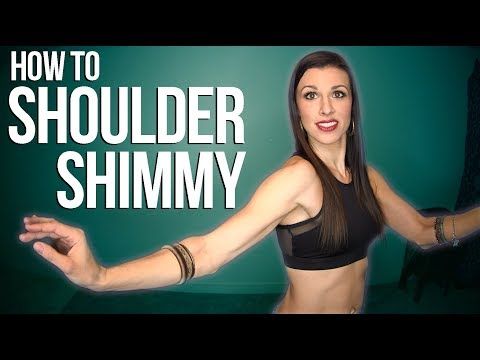 A small guide to inaesthetics. St. Petersburg, 2014.
A small guide to inaesthetics. St. Petersburg, 2014.
Bezhar M. A moment in the life of another. Memoirs. M., 1989.
Valerie P. On Art. Soul and dance. M., 1993.
Duncan A. Dance of the future.
Nietzsche F. Thus spoke Zarathustra.
Radio Arzamas What to see in New Year
"Home Alone", "Carnival Night", "Die Hard" and other Christmas films in the stories of film experts and film critics
Want to be aware of everything?
Subscribe to our newsletter, you'll love it. We promise to write rarely and in the case of
courses
All courses
Special projects
Audio -lectures
10 minutes
1/7
What is a dance
than the usual movement differs from the dance, which is studied by biomechanics and kinesiology and how at the beginning of the 20th century, the attitude towards the body changed
Reading by Irina Sirotkina
How ordinary movement differs from dance, what is studied by biomechanics and kinesiology and how the attitude towards the body changed at the beginning of the 20th century
16 minutes
2/7
8 Why God must dance and how choreographers started talking about loneliness, the future of mankind and the causes of the First World WarReading Irina Sirotkina
Why God must dance in Nietzsche and how the choreographers started talking about loneliness, the future of mankind and the causes of the First World War
13 minutes
3/7
What is the difference between dance and dance
Why should the authorities control folk festivals, what is the utopia of ecstatic dancing and what is dangerous about the undisciplined body
ecstatic dance and why an undisciplined body is dangerous
13 minutes
4/7
Dance: element or art?
Why teach natural movement, how to make a dancer a "non-human" being, and what pointe shoes and bioprostheses have in common 915 minutes attractiveness of acrobatics and why it is more interesting to look at dance if you have tried to dance yourself
Reads by Irina Sirotkina
Where does dexterity come from, what is the attractiveness of acrobatics and why is it more interesting to look at dance if you have tried to dance yourself
14 minutes
6/7
The ideal body for dancing
How does a ballet body differ from a jazz one, why Martha Graham would not tolerate virgins in her troupe and is it possible to be able to dance everything
different from jazz, why Martha Graham would not tolerate virgins in her troupe and is it possible to be able to dance everything
12 minutes
7/7
Dance as desire
What ordinary movements of an untrained body can tell about what shocked the audience in Isadora Duncan and why dance is a desire machine
Reading by Irina Sirotkina
What ordinary movements of an untrained body can tell about, what shocked the audience in Isadora Duncan and why dance is a desire machine
Materials
9 languages of modern dance
How to recognize Pina in several movements
What was danced in the 20th century
The most fashionable dances of salons and discos and the most daring phenomena of choreography in 100 years
The history of modern dance in 31 productions
Ballets, plays and performances that have changed the idea of choreography
Test: Distinguish ballet from opera culture
What Madonna, Andy Warhol and Charlie Chaplin borrowed from the main choreographers of the 20th century
0004 OdnoklassnikiVKYouTubePodcastsTwitterTelegramRSS
History, literature, art in lectures, cheat sheets, games and expert answers: new knowledge every day
© Arzamas 2023. All rights reserved
All rights reserved
Sweatshirts, bags, gift subscriptions and even the game "Collect a Museum"! The best New Year's gifts in
Hoodies, bags, gift subscriptions and even the Museum Build Game!
The best New Year's gifts in Arzamas Store
New Year's gifts: hoodies, bags, gift subscriptions and even the Build a Museum game! nine0004
"Arzamas store" To the store! Arzamas store
Quantum theory of dance. Rare editions. Science and technology
Ya.I. Frenkel
Speech delivered at a party at the Leningrad Institute of Physics and Technology
What is dance? Dance is a kind of body movement. Any movement of bodies is a mechanical phenomenon. Therefore, dance is also a mechanical phenomenon. Therefore, dances should be studied by mechanics as an integral part of theoretical physics, which, as you know, tries to reduce almost all phenomena to movement. nine0004
If we examine the nature of the movements performed by dancing couples, we will immediately be convinced that these movements belong to the class of periodic or, more precisely, conditionally periodic movements.
The more primitive the dance, the simpler this periodic character is expressed. So, among some peoples, dances are mostly reduced to a simple harmonic oscillatory movement of individual parts of the body.
In the Middle Ages, and especially in the 19th century, we find much more complex movements in which the lower limbs play a leading role with the coordinated participation of the head and hands. At the same time, a certain connection is established between physical movements and mental movements. According to the classical theory of dance, based on Newtonian mechanics and classical electrodynamics, the ballerina's legs radiate the invisible light of the most refined feelings with each of their movements, and the period of these emotional fluctuations coincides with the period of body movements, and the intensity increases in direct proportion to the square of the amplitude of the latter. nine0004
Note that the propagation of emotional waves emitted by the body of a dancer (or dancer) obeys the same laws as the propagation of electromagnetic waves. In particular, their intensity decreases inversely with the square of the distance.
In particular, their intensity decreases inversely with the square of the distance.
With the help of psychoanalysis, it was possible to decompose the emotional radiation of the dancers into a spectrum. The study of the regularities revealed in this case led to the creation of a quantum theory of dance. The application of quantum theory to dances is all the more natural because here, as in the case of the dance of electrons in atoms, we are dealing with periodic motions. nine0004
The essence of the quantum theory of dance, which is a kind of compromise between the classical mechanics of conditionally periodic movements and classical emotional dynamics, is as follows. Dancers can describe certain quantum orbits without emitting or absorbing any emotion. The latter are emitted and absorbed discontinuously during transitions from one quantized orbit to another. At the same time, in contrast to what takes place in the case of electronic dances in the Bohr atom, emotional radiation, like absorption, is accompanied by a transition not to a lower, but, on the contrary, to a higher level, i.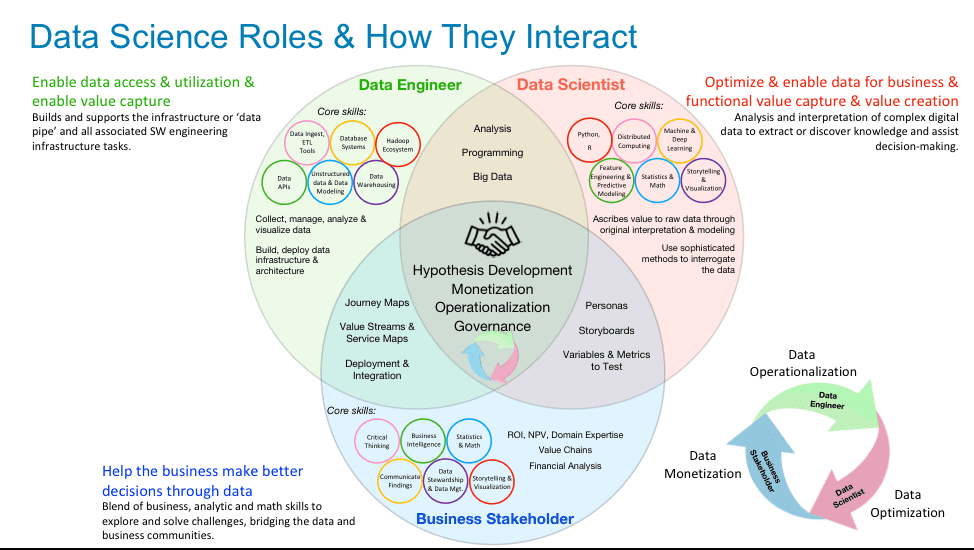 e., in other words, excitation. Thus, during the dance (especially in pairs), the excitement of the dancers invariably increases until relaxation occurs, caused by exhaustion. nine0004
e., in other words, excitation. Thus, during the dance (especially in pairs), the excitement of the dancers invariably increases until relaxation occurs, caused by exhaustion. nine0004
The quantum theory of dance has succeeded in establishing an extremely general and important exclusion principle that applies to arbitrary systems of dancers. The principle is as follows: only two dancers can move in the same quantized orbit at the same time, and only with oppositely oriented spins.
Thus, the law states that only two partners can dance together along the same quantized orbit and with the opposite direction of their spin (s).
Indeed, a dance containing the element of joining two dancers of the opposite sex by a third dancer moving in the same orbit is never allowed. It is also not allowed to dance in which the backs of both partners are turned in the same direction.
As in the case of electrons, the phenomena of animal magnetism are closely connected with the phenomenon of spin.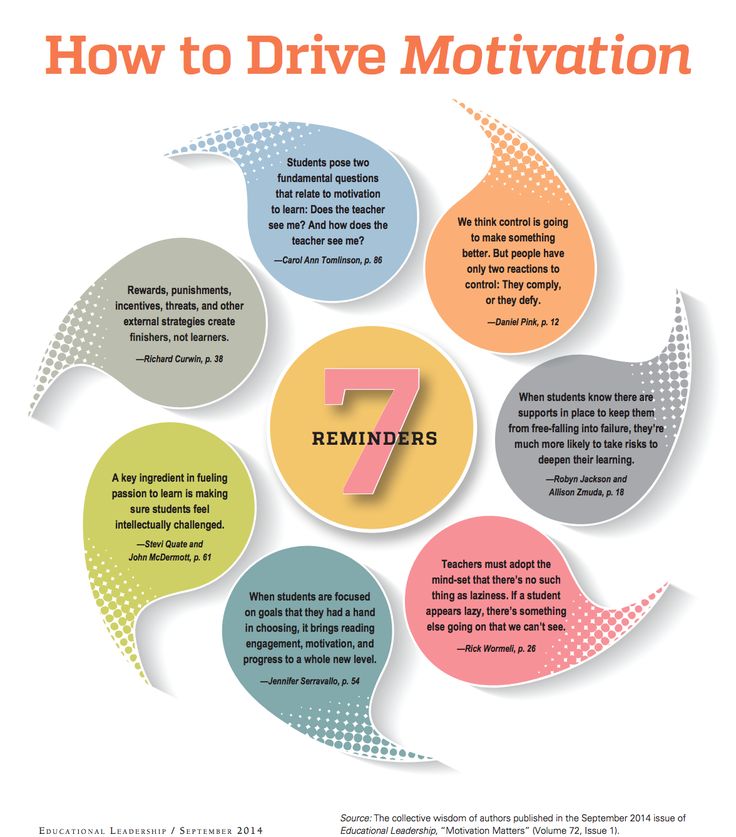 In this case, the magnetic field emanating from some unpaired (for example, single) individual, acting on a dancing couple (which is magnetically similar to an astatic pair), often leads to the divorce of the latter and the formation of a new paired combination. The divorces and unions associated with these magnetic effects always take place in strict observance of the principle of prohibition, which is thus one of the most fundamental principles of dance relationships. Although the old quantum theory of dance, which was created in general terms in the first third of the 20th century, succeeded in explaining a number of phenomena that remained incomprehensible from the point of view of classical theory, nevertheless this theory can by no means be considered final. It turned out, for example, to be inapplicable to the new dance forms that emerged after the Second World War. The study of these dances led to the creation of modern quantum or wave theory. This theory not only explains the dances, but also changes them.
In this case, the magnetic field emanating from some unpaired (for example, single) individual, acting on a dancing couple (which is magnetically similar to an astatic pair), often leads to the divorce of the latter and the formation of a new paired combination. The divorces and unions associated with these magnetic effects always take place in strict observance of the principle of prohibition, which is thus one of the most fundamental principles of dance relationships. Although the old quantum theory of dance, which was created in general terms in the first third of the 20th century, succeeded in explaining a number of phenomena that remained incomprehensible from the point of view of classical theory, nevertheless this theory can by no means be considered final. It turned out, for example, to be inapplicable to the new dance forms that emerged after the Second World War. The study of these dances led to the creation of modern quantum or wave theory. This theory not only explains the dances, but also changes them. It was with her help that in the course of several years even such old-fashioned dances as the waltz, mazurka, padespaigne, etc., were turned into dances of a new type. nine0004
It was with her help that in the course of several years even such old-fashioned dances as the waltz, mazurka, padespaigne, etc., were turned into dances of a new type. nine0004
The new theory of dance is based on the following principle, which is as simple as it is fundamental.
Since dance is not only a movement of the body, but is also connected with the movement of the soul, it cannot be described by a purely mechanical theory or by any compromise between mechanics and emotional dynamics. Description and explanation of dance is possible only on the basis of a theory that unites the opposition between mechanical movement, on the one hand, and mental movement, on the other. Since the mental movements associated with dance are a kind of excitement (namely, the excitement of feelings), the new theory of dances was called wave mechanics. nine0004
Some philosophers claim that the principles of the wave theory of dance were outlined by Hegel. I do not presume to judge this and will try to outline briefly the main achievements of this new theory.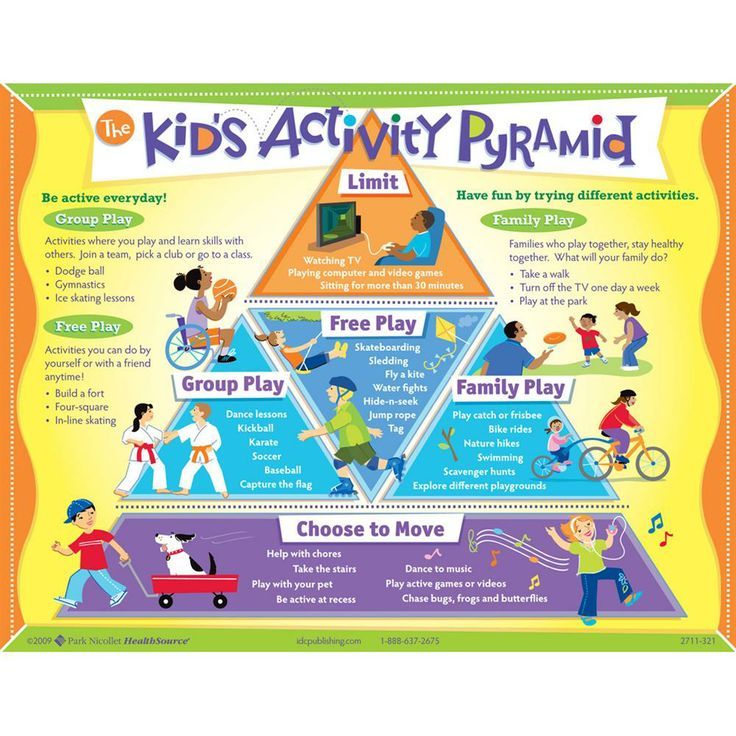
Separation of acts of emotional radiation or absorption from the process of mechanical movement, characteristic of the old quantum theory of dances with its stationary, i.e. "insensible", movements and sensual transitions, is completely liquidated. Mental and physical movements are combined into one harmonious whole. Further, the concept of a "quantized" orbit, allegedly described by the dancers, is abolished. nine0004
The path of the dancing couple is completely indeterminate, and its position at one time or another can only be determined in terms of probability theory.
In accordance with the general law of development from simplicity to complexity, we do not find in modern dance any traces of primitive simplicity and limited dance movements. The dance does not differ from the usual free movements: it is the same, but only to the music.
A great merit in the creation of the wave theory of dances, especially in its experimental verification, belongs to the team of the LPTI staff, who have been working in this direction literally tirelessly lately.

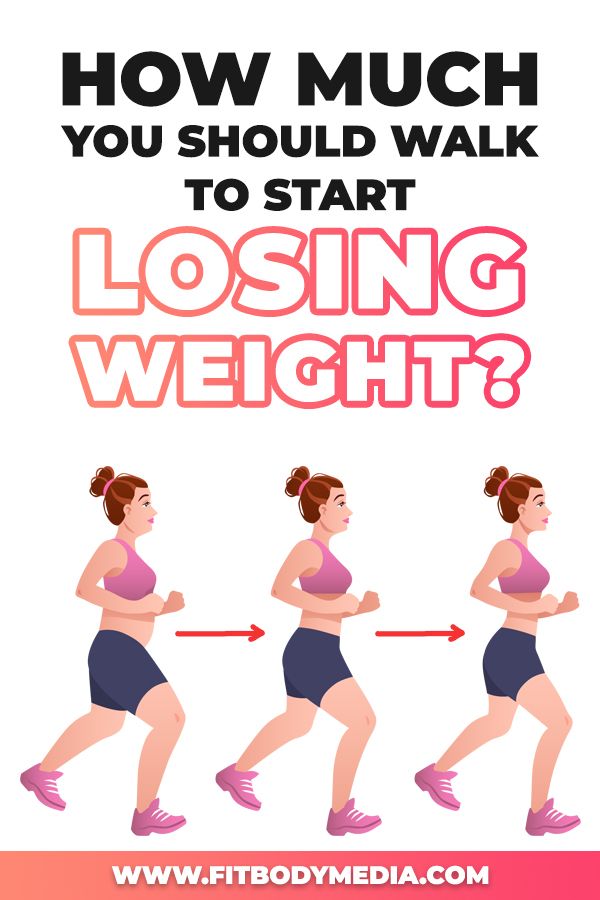


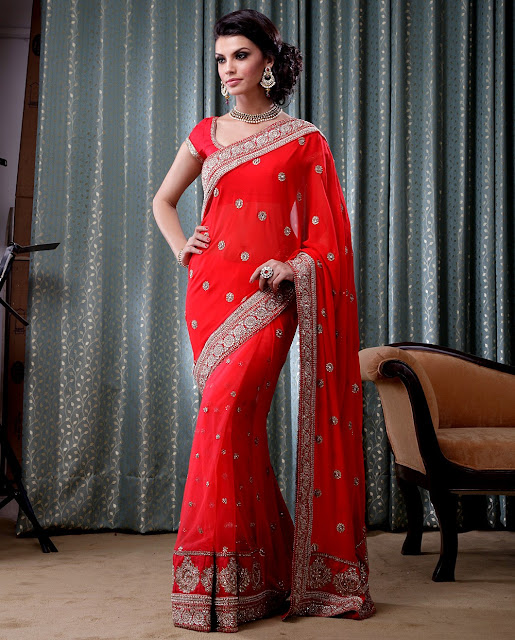.jpg)

